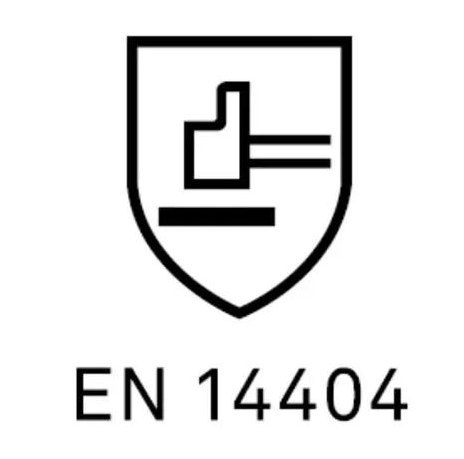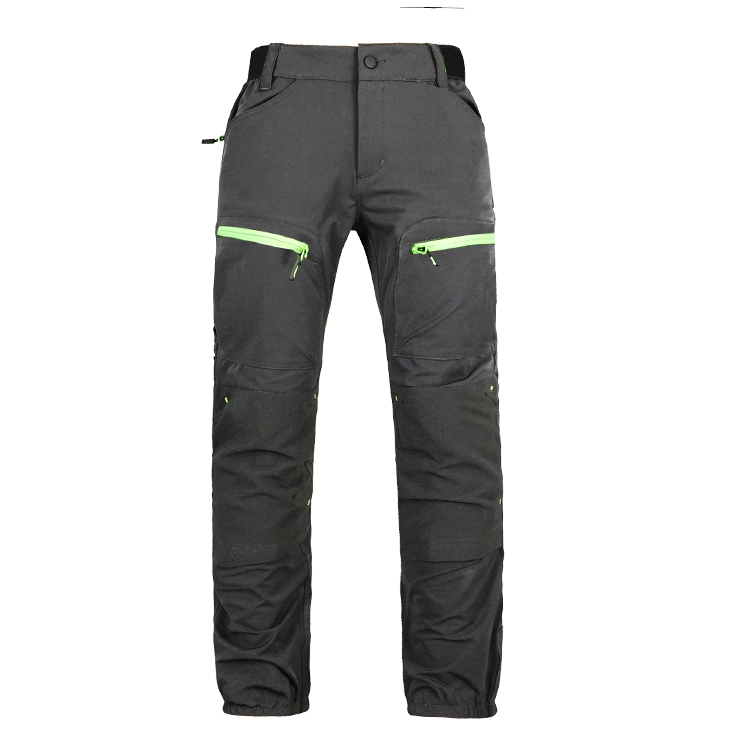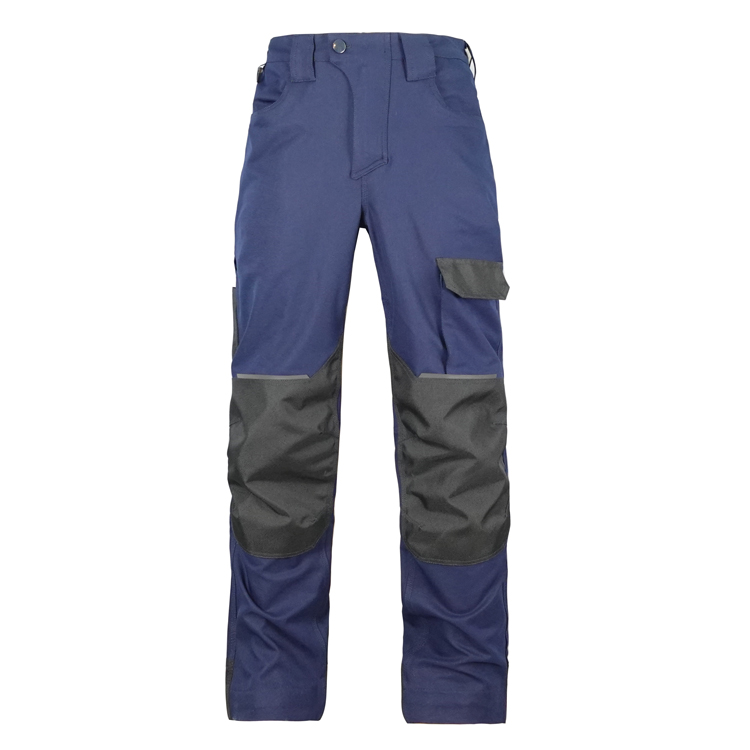What is EN14404:2004+A1:2010 standard?
Kneeling may be an awkward working posture. However, in some professions, it is necessary to stay close to the ground for a long time. Working with knees without protection can quickly cause discomfort and pose a risk of injury from hard or sharp objects on the ground. In addition, continuous pressure on the knee increases the risk of chronic diseases and cartilage damage. Therefore, it is recommended to provide knee protection for all work done in a kneeling position. The design of knee pads should make the kneeling position more comfortable, prevent objects from penetrating the knee pads and causing harm to the user, and try to distribute the force of the kneeling position on a large area as much as possible.

EN14404:2004+A1:2010 is a European CE certification standard developed for evaluating industrial knee pads. Test results that comply with this standard will then be used for EU type inspections by notified bodies. The EU considers knee pads as “intermediate design” (Class 2) products.
The introduction of the 2010 Amendment is to make some changes to the requirements for knee pads. The main changes in the standard are:

1. Now it can achieve the “0 level” performance of penetration testing, allowing knee pads to make work more comfortable but not providing protection
The width requirement for knee straps has been reduced from 40mm to 30mm, which means the straps are unlikely to be located at the back of the knee
3. For knee pads that claim to be “one size fits all”, a waist circumference of 1000 millimeters is now used instead of the original 1200 millimeters.
There are four types of knee pads defined in EN14404:2004+A1:2010:
“Type 1” – independent of other clothes, secured to the legs with straps
“Type 2” – placed in the pocket of the pants leg or permanently fixed on the pants, with the knee pads fixed or adjustable in position
“Type 3” – usually in the form of a kneeling pad, designed to be placed on the floor while the user is walking around
Type 4- Combined with other devices, it has additional functions such as assisting standing or kneeling chairs.

During the penetration resistance test, the deformation of the inner surface of the knee pad shall not exceed 5mm when any of the following levels of force are applied:
Level 1 requires knee pads to withstand a force of 100N
Level 2 requires knee pads to withstand a force of 250N.
The 2010 amendment allowed manufacturers to declare level 0 in penetration testing if they failed to achieve the required force for level 1. Therefore, knee pads are only suitable for flat surfaces and it is necessary to indicate in the user information that they do not provide penetration protection.
EN14404:2004+A1:2010 also put forward multiple requirements for protection scope, constraints, and ergonomics. The protection range of knee pads should have a certain size, depending on the expected user’s waist circumference. Then use these dimensions as areas for conducting protective performance testing. Constraint testing is conducted on Type 1 and Type 2 knee pads. Type 1 knee pads are typically composed of elastic bands that must be able to be fully tightened to prevent excessive movement. To avoid cycling issues, they also need to adapt to changes in knee shape when the wearer kneels down.
The strap test includes a 10N restraint test (conducted above and below the knee to ensure no excessive movement) and a strap compliance test, which requires the strap to stretch at least 40mm when subjected to a force of less than 10N The width of the shoulder strap must also be at least 30 millimeters. Type 2 knee pads are usually placed in closed pockets and do not require restraint testing unless they are secured in place using different methods.
Finally, we conducted ergonomic tests on the knee pads to evaluate their comfort and see if they remain in place during use. The subjects walk for 15 minutes, during which they need to kneel ten times, each time for five minutes, and each time for 10 meters to shuffle the cards.

Requirements for each type of knee pad in EN 14404:2004+A1:2010:
| Requirements | Applicable types of protectors required |
| Harmless testing (according to EN 340) | All types |
| Size name, marking, size, and protection range | All types |
| Penetration resistance (level 0=n/a, level 1=100N) | All types |
| Level 2=250N) | |
| Force distribution (recording force less than 30N) | All types |
| Peak transmission force in impact | All types |
| (Peak force<4kN, average force<3kN) | |
| Constraining through straps or other connection methods | Type 1 and Type 2 (Type 4, if applicable) |
| (Type 1 should be tested at 10N force, Type 2 should be placed in a pocket or tested at 100N force) | |
| Ergonomics (evaluation over 15 minutes) | All types |
| Compliance of straps (straps should be stretched 40mm under a force of less than 10N per strap) | Type 1 (Type 4, if applicable) |
Industrial knee pads are considered as “II” PPE and undergo EU type inspection based on EN 14404:2004+A1:2010.
www.allflychina.com
ALL FLY TEAM
4th.April.,2024

